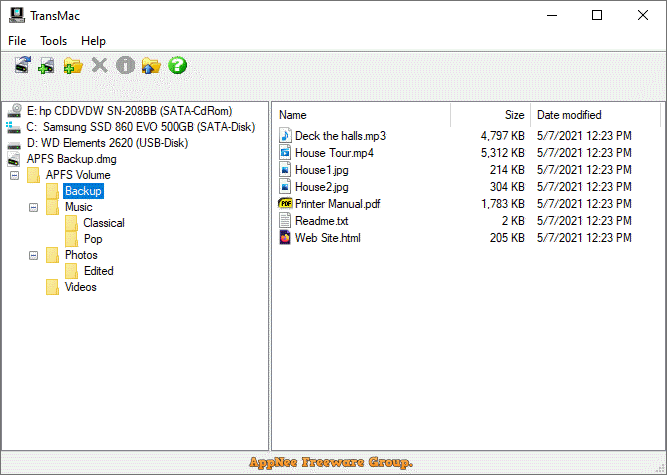
- MAC WON'T OPEN DMG INSTALL
- MAC WON'T OPEN DMG UPDATE
- MAC WON'T OPEN DMG DOWNLOAD
- MAC WON'T OPEN DMG MAC
To exit safe mode, restart your Mac, without holding Shift during startup.
MAC WON'T OPEN DMG MAC
(Who knew!?!) If you're not sure if you're in safe mode, select the Apple menu > About This Mac > System Report button, then select the "Software" heading from the left column. You'll want to choose Disk Utility in the utilities listed in the recovery mode menu.Ī new discovery from a reader (thank you, Colby!) is that APFS DMGs won't mount if you're booted in macOS booted in Safe Mode. Note that in order to scan and repair errors on your main Macintosh HD drive, you'll need to reboot your Mac into recovery mode. Here are instructions from Apple for scanning and repairing errors using Disk Utility. I haven't seen this one in action, but I read about this being a possibility while researching the issue.Īnother suggestion added by a reader (thank you, Markus!) is that filesystem errors on your main Mac drive could be the cause of the disk image mounting errors. Think about if you have any kind of security policies on this machine to prevent writing to external drives (thumb drives, optical drives, etc). Hdiutil: attach failed - no mountable file systems 21:10:17.499 diskimages-helper -remountReturningDictionary: detaching because no mountable filesystems. Here's an example of the end of hdiutil attach -verbose output that shows an APFS error due to an older version of macOS: Mounting…
MAC WON'T OPEN DMG UPDATE
So if you're on macOS Sierra (10.12) or earlier and you ran hdiutil and see references to Apple_APFS or error 112, the issue is likely legitimate incompatibility, and this disk image won't open on this Mac without an update to the operating system. MacOS Sierra (10.12) and earlier is not able to mount the new Apple File System (APFS). This will fill in the location of the dmg file into your Terminal window. Add a space at the end, but don't press enter yet.ĭrag the dmg file from your Finder window onto the Terminal window and let go. Type hdiutil attach -verbose into the terminal. Open Terminal: In Spotlight, the search magnifying glass at the upper right corner of your screen, search for Terminal, and press enter to open the Terminal app. We will at least get some sort of useful error message to go on if it still fails: Try mounting the DMG on the command line in Terminal. Apparently there is an issue sometimes after opening too many dmg files, that is fixed with a reboot.

Reboot your Mac if you haven't already tried that. (There's an example of that in my screenshot below.)
MAC WON'T OPEN DMG DOWNLOAD
Or if you don't need to be logged in to the site to download the file and you want to be fancy, you can try curl -O url in Terminal to download the file. You can try downloading the file in a different browser as well. If possible, try downloading the dmg again, turning off any download assistant plug-ins you may have. In most cases, the downloaded dmg file is actually corrupt or had an error downloading. If you see the "no mountable file systems error" while opening a dmg, here's what you should try: The error was as the screenshot above shows trying to open a dmg (disk image), macOS showed the error "no mountable file systems". I didn't find a lot of good search results addressing the issue, so I decided to write up a post about it myself.
MAC WON'T OPEN DMG INSTALL
The system will not install a JRE that has an earlier version than the current version.I ran into an interesting macOS error while working with a customer. When you install the JRE, you can install only one JRE on your system at a time. To install an earlier version of the JRE, you must first uninstall the current version. To determine the current JRE version installed on your system, see Determining the JRE Version Installed on macOS. However, the system will not replace the current JRE with a lower version. When you install the JDK, it also installs the JRE. Administrator privileges are required to install the JDK and JRE on macOS. Installing the JDK and JRE on macOS is performed on a systemwide basis for all users.
You cannot install Java for a single user. The following are the system requirements for installing the JDK and the JRE on macOS:


 0 kommentar(er)
0 kommentar(er)
